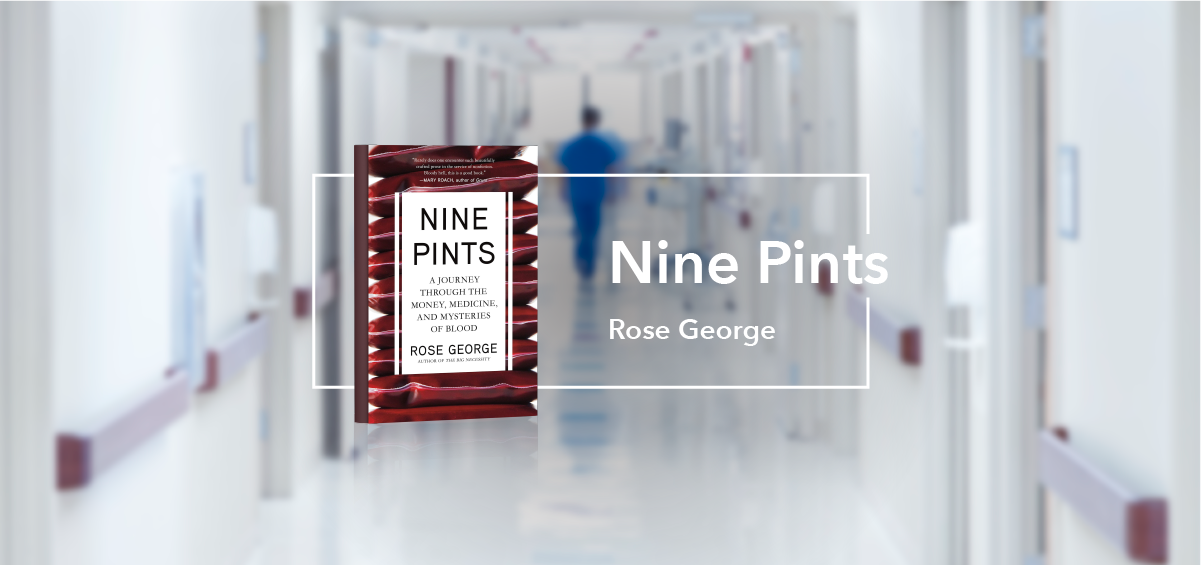I was honored to be one of the speakers at the Leaders Summit on Climate hosted by President Biden.
Last year I highly recommended Bad Blood, about the rise and fall of the Silicon Valley blood-diagnostics company Theranos and its founder, Elizabeth Holmes. Since then, I watched the HBO documentary The Inventor, which covers the same story.
I’m not alone in my interest. A lot of my friends and colleagues have read the book, watched the movie, or listened to a podcast called The Dropout. I think part of people’s fascination with the Theranos story has to do with the drama of it all. But personally, I’m also interested in the topic of blood and diagnostic tools that involve blood. I recently started making investments in blood tests that would help detect Alzheimer’s disease years or even decades before disease symptoms show up. I’m also involved with a company that’s trying to speed up the search for blood tests that can detect cancers.
With this context in mind, you can understand why I decided to pick up the book Nine Pints: A Journey Through the Money, Medicine, and Mysteries of Blood. (The title refers to the volume of blood in the average adult.)
The author, an English nonfiction writer named Rose George, is interested in blood because of her own life story. She has a debilitating condition called premenstrual dysphoric disorder, which I knew very little about. Before George gets her period every month, PMDD causes her to writhe on the floor in pain and gives her such dark thoughts that she has to “avoid a nearby road bridge because I don’t have the defenses to stop myself from jumping off it.” The treatments for PMDD are terribly inadequate, in large part because there’s been so little funding for research (especially compared to conditions that primarily affect men).
Nine Pints takes George all around the world. For example, she visits a plasma clinic in Saskatoon, Canada; an HIV clinic in the South African township of Khayelitsha; a rural Nepalese village where menstruating women are relegated to unheated sheds; and Indian communities benefitting from the work of an entrepreneur named Arunachalam Muruganantham, who developed a technique for manufacturing cheap sanitary pads for poor women. (I had a great time speaking on a panel with him a few years ago.)
The book is packed with super-interesting facts that I had to work very hard not to share with unsuspecting friends and colleagues during social occasions. For example:
- The Nazis’ ideology gave the Allies a surprising advantage: An unknown number of Nazi soldiers died of survivable wounds simply because Nazi doctors wouldn’t use “non-Aryan blood” for transfusions.
- Trade in human and animal blood is worth more than $20 billion a year. Blood, which costs the equivalent of $67,000 a barrel, is the 13th-most-traded commodity in the world.
- The blood flow in the modern human brain is 600 percent greater than it was in early humans.
Even if these kinds of strange facts don’t capture your imagination, I suspect many of George’s stories will. Some of them will make your blood boil. For example, George writes about girls in poor countries having sex with older men simply so they can afford pads and tampons. “It’s called ‘sex for pads,’ and though it is hidden, it is common,” she writes, citing a report from a field officer in one African slum that 50 percent of the girls she encountered there had turned to prostitution to afford sanitary pads.
But I don’t want to leave you with the impression that the book is all doom and gloom. Many aspects of the book were uplifting, especially the parts that reminded me of the life-saving innovations that emerge from a better understanding of blood and its component parts. Blood tests have already made it easier and faster to diagnose diseases and predict when a pregnant woman will deliver her baby.
In the future, I hope we’ll find more ways to harness substances in our blood to reduce inflammation and promote healing. I’m particularly optimistic about the new ways we’re using immune cells in the blood to fight cancer. I also hope that stimulating the immune cells in our blood could eventually allow us to do a better job of attacking the proteins that have been implicated in Alzheimer’s, Parkinson’s, and other neurodegenerative diseases.
Nine Pints may not sound like a typical light summer book. But George is a great reporter and writer who makes it easy to follow along. And I think everyone wants to know at least a little more about this topic. After all, there is nothing that more people have in common than blood.





